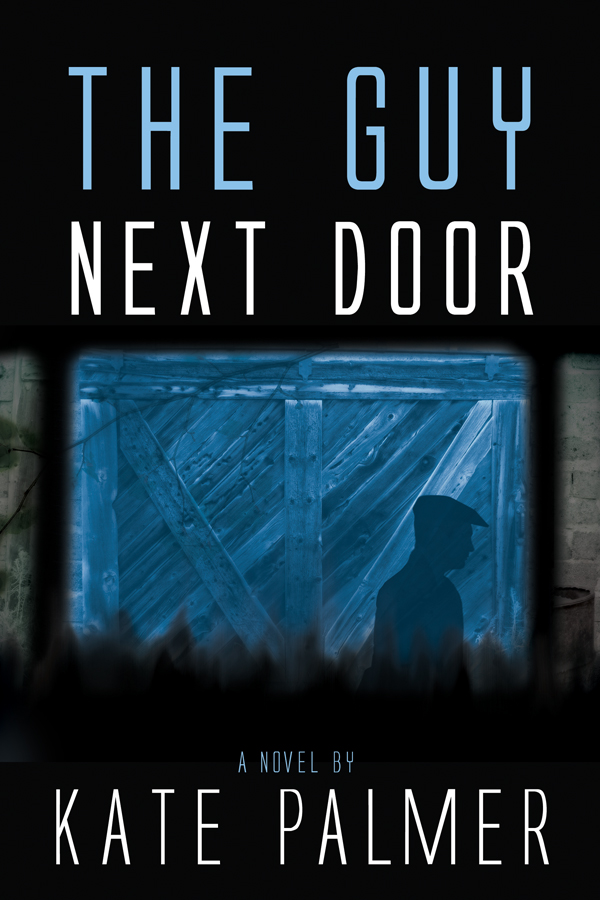 I’ve been struggling to revise my WIP (Work in Progress). Struggling as in where do I start? I see the problems, but how to fix them? Anonymous offered valuable feedback, but a gnawing feeling that I needed to delve more deeply into revisions persisted. So I began searching and reading. And then reworking and revising. And now tearing and shredding. Eventually I’ll get back to building and writing. I hope!
I’ve been struggling to revise my WIP (Work in Progress). Struggling as in where do I start? I see the problems, but how to fix them? Anonymous offered valuable feedback, but a gnawing feeling that I needed to delve more deeply into revisions persisted. So I began searching and reading. And then reworking and revising. And now tearing and shredding. Eventually I’ll get back to building and writing. I hope!
How You Tube Showed Me My Plotholes
Sadly, I was unable to attend LTUE this year. I know, I know. It’s free. I should be able to make my schedule accommodate such things, but such is life. However, some beautiful people made a video (5, 10 minute segments, actually) of Dan Wells‘ (author of I Am Not a Serial Killer and podcaster from Writing Excuses) story structure class. Then Dan Wells posted not only the You Tube links but also his coinciding Power Point presentation.
Amazing. Simply amazing. Can I just say, I love these people for doing this, and Dan Wells is brilliant. Brilliant people. You should all check this out. Basically there are seven points to every plot: action, character, romance, betrayal. I used his seven point plotting system to plot my WIP (Work in Progress). When I did this I saw precisely where my plot fell down, stalled, ceased to exist even. It also quickly pointed out which genre I had written–not the one I thought. Now I know what is missing, where in the story it’s missing, and most importantly how to strengthen my plotlines to write the book I thought I was writing.
How Shards of Glass Are the Only Backstory I Need
When Anon critiqued my work, I discovered I had three chapters of backstory. Three! I knew I needed to ax those chapters, but I kept trying to rewrite my favorite scenes into later parts of the book. So frustrating, because if chunks of backstory don’t belong in the first three chapters guess what happens if you try to weave it in later? That’s right–the story comes to a complete halt while I share this bit of backstory I’ve tried to rework as something that moves the plot forward, but it can’t–because it’s backstory.
Feeling as if this might be the book I have to put away and never touch again, I quit revising. But I didn’t quit searching for answers. At the end of April I came across a backstory series on Jordan McCollum’s website. She is an amazing blogger who packs her posts full of helpful info for writers. I’m in awe of the time and research she puts into each article. Back in March Margie Lawson wrote a guest post on Jordan’s blog. The light of backstory understanding finally dawned when I read this:
Mark Sullivan (mystery/suspense/thriller writer) has a great plan for back story management.
He suggests writing down what you think the reader needs to know.
Grab a red pen – and go through your back story points and circle what the reader absolutely has to know.
Next, take those points you circled, that the reader absolutely needs to know, and picture them etched on a sheet of glass.Got it?
You’re imagining those points imprinted on a rectangle of glass. Imagine carrying that sheet of glass to a brick patio. Imagine standing on a brick patio, holding that sheet of glass.
YOU KNOW WHAT’S COMING!
Drop that sheet of glass.
Watch it shatter.
Imagine picking up one narrow shard of glass at a time – and slipping each sliver of back story in your first 100 pages. Repeat. You insert one sliver of back story in those first 100 pages, one piece of back story at a time.
That powerful image created quite an AHA! moment for me. Now I knew I had to throw out the first three chapters. No question.
How To Quit Spinning My Wheels and Write
I learned so much from Margie Lawson’s one guest post on Jordan McCollum’s site, I enrolled in her online Deep Editing class. Wow. It’s intense. The first five chapters of my WIP are in shreds.The class ends next week and I’m pitifully behind. However, I’ve discovered that I first need to rewrite with Dan Wells’ Seven Point Story Structure system, and then use Margie Lawson’s Deep Edits to make my manuscript shine.
Knowing what to do makes all the difference in motivation.





Wow, sounds like you have been learning lots!! And thanks for the links. I’m going to bookmark this and watch the Youtube one because I often fall apart on story structure as well while writing the first, second, third drafts LOL.
Hello Kate!
Yay! My shards of glass imagery encouraged you to nix big chunks of backstory. Big chunks of backstory that may have kept you from getting published.
Awesome!
So glad you’re in my DEEP EDITING class. It sounds like you’re working it as much as it’s working you. 🙂
I’ll thank Jordan McCollum again for inviting me to guest blog for her.
Thanks for including the link to Jordan’s blog–and the link to my web site.
See you in class!
@Karen–Yes I’m learning so much. I hope the YouTube videos help you. I loved them.
@Margie–Thanks for stopping by and commenting. Your DEEP EDITING class is definitely working me. I’m sure you spotted the many cliche alerts! throughout my post. 🙂 I shouldn’t be so lazy even on blog posts.
Kate, I am going to watch that youtube link right now. Dan Wells IS brilliant. I loved his I Am NOT a Serial Killer and look forward to reading Mr. Monster.
I’m so impressed with your perserverance. It is hard to keep going at times, isn’t it? But love of the story and craft keep pulling us along. I’m sure you’re making your story stronger and stronger. That’s what I’m trying to do with both of mine; it’s nice to know I’m not alone!!
Thanks for your kind words, Kate! I’m happy to know I was able to help you a little bit. Good luck with your rewrites!